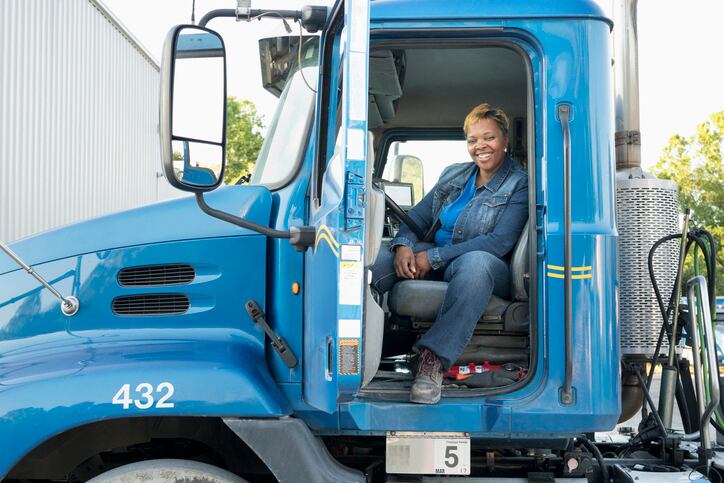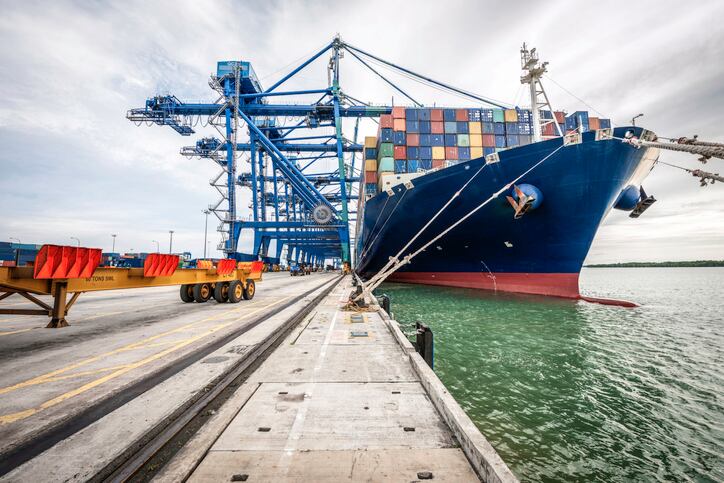Standing in front of two massive trucks on the White House lawn on Monday, President Joe Biden lauded truck drivers gathered around him for “keeping America moving … literally … especially these last two years, helping carry the nation literally on your backs.”
He even joked that while he didn’t have anything against investment bankers, if they all retired nothing much would change, but if truckers quit in mass: “Everything comes to a halt.”
With this in mind, the White House gathered truckers and stakeholders from the industries that rely on them – including the FMI: The Food Industry Association and food and beverage manufacturers – last December to brainstorm how government could better support their needs and ultimately reinforce the supply chain, and again yesterday to tout the positive impact of the Trucking Action Plan.
When the Trucking Action Plan was first announced late last year, the Consumer Brands Association lauded it as “an important step toward building more resilient supply chains,” which the trade group has long argued has been strained far beyond the ports where most early attention to bottlenecks was paid.
“We are pleased to see that the administration is acting on common sense solutions, like increasing truck driver recruitment efforts in a labor market that is 80,000 drivers short,” CBA said, noting that recent shortages at grocery stores have impacted nearly 60% of Americans.
More drivers are hitting the road, easing bottlenecks
Through the Trucking Action Plan, the White House and stakeholders from across industries have helped boost truck driver numbers in part by speeding states’ ability to review commercial driver’s licenses – allowing them to double new issuances in January and February of this year, bringing the year-over-year CDLs issued since January 2021 to more than 876,000, according to The White House.
The government also has worked with more than 100 employers, including several from the food and beverage industry such as PepsiCo and Albertsons, to create registered apprenticeship programs that The White House claims could result in more than 10,000 additional apprentices.
TAP also helped connect veterans to trucking careers and is now focused on making the profession more attractive to women and people of color by improving safety – such as by making more parking spots available.
Through these and additional efforts outlined in TAP, the trucking industry saw its “best year” for job growth last year since 1994 and employment in the industry now exceeds pre-pandemic levels by 35,000, Biden said.
“What that all adds up to is a strong foundation for the work ahead – a pipeline of hard-working men and women from all backgrounds. Highly trained and highly motivated to get behind the wheel” and get the American economy not just moving again by running smoothly so it can thrive, he added.
In for the long-haul
While Biden championed progress to put more truckers on the road to reinforce supply chains, both he and the food industry acknowledge more needs to be done.
In December, when TAP was unveiled, CBA urged the Biden-Harris administration to stay focused on “the issues that will have the greatest impact on the availability of essential goods,” which goes beyond boosting trucker numbers.
CBA argues the administration needs to establish an “air traffic control” system for all ground transportation and also add more flexibility to truck weight requirements to expand trucking capacity and improve the CPG industry’s ability to deliver the goods consumers want.




